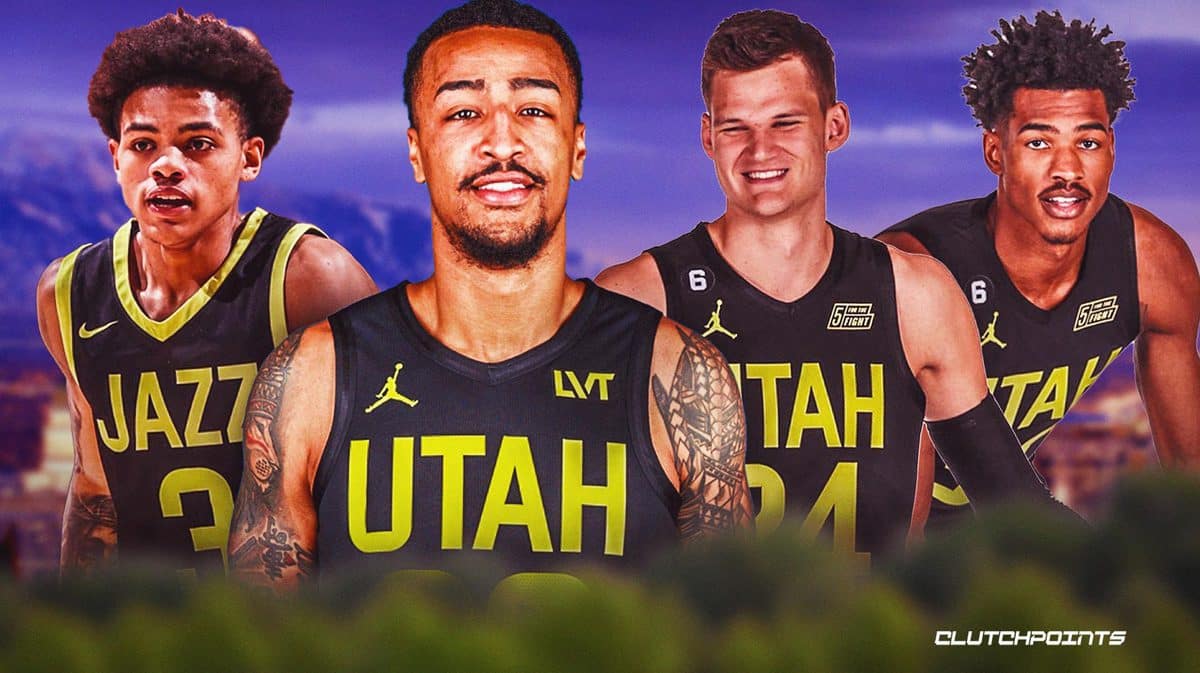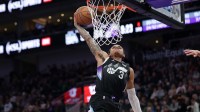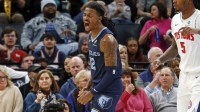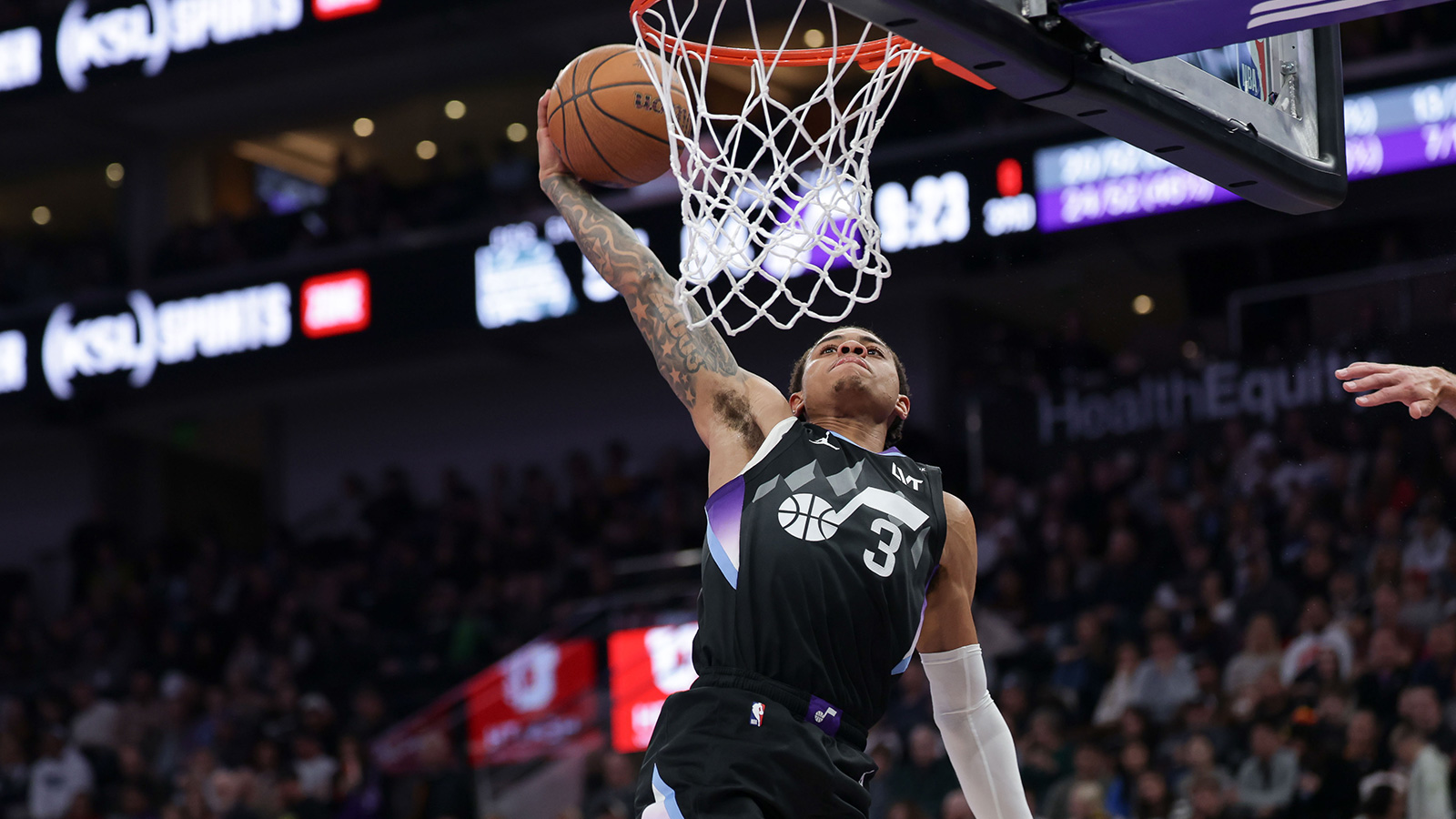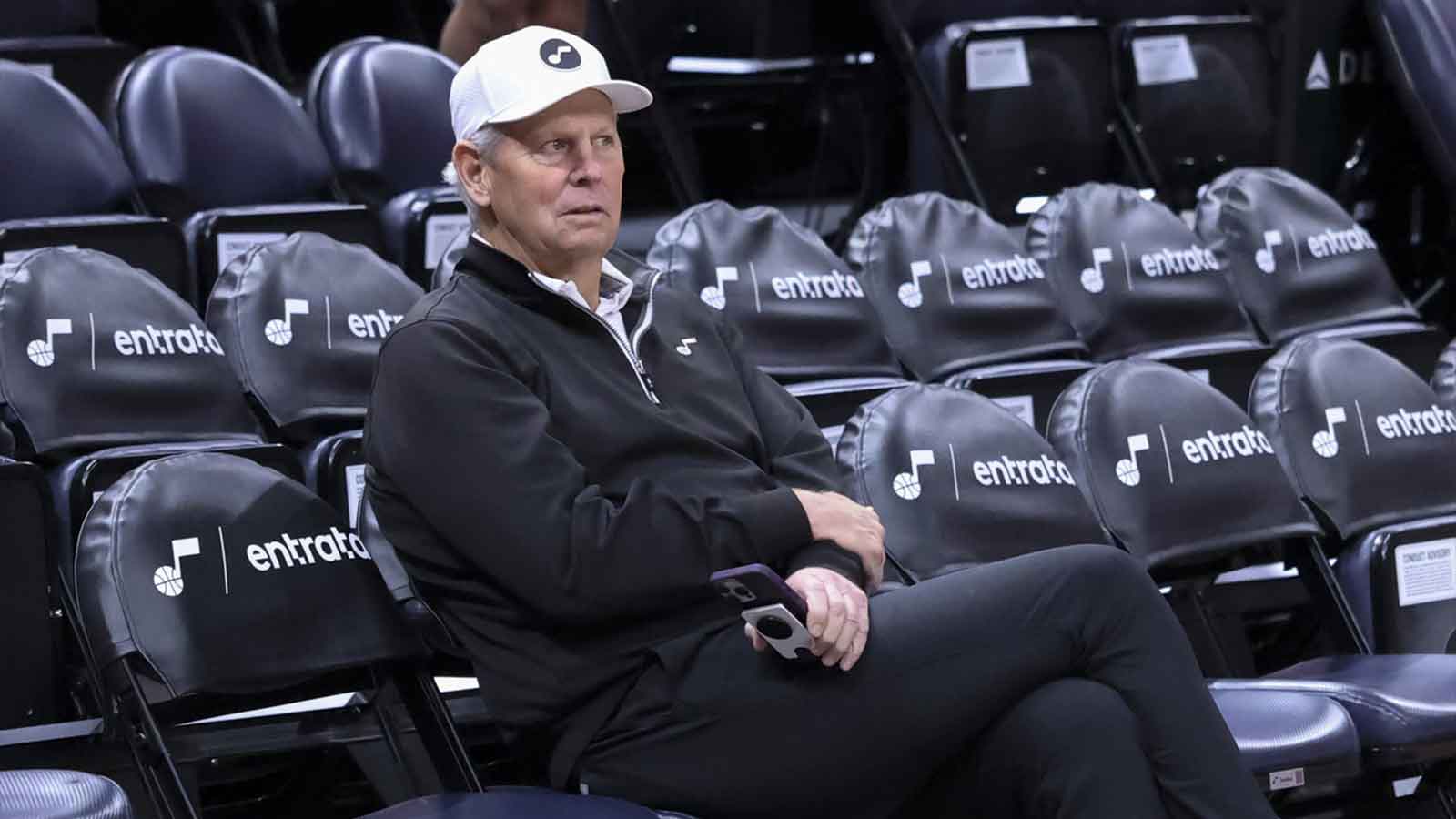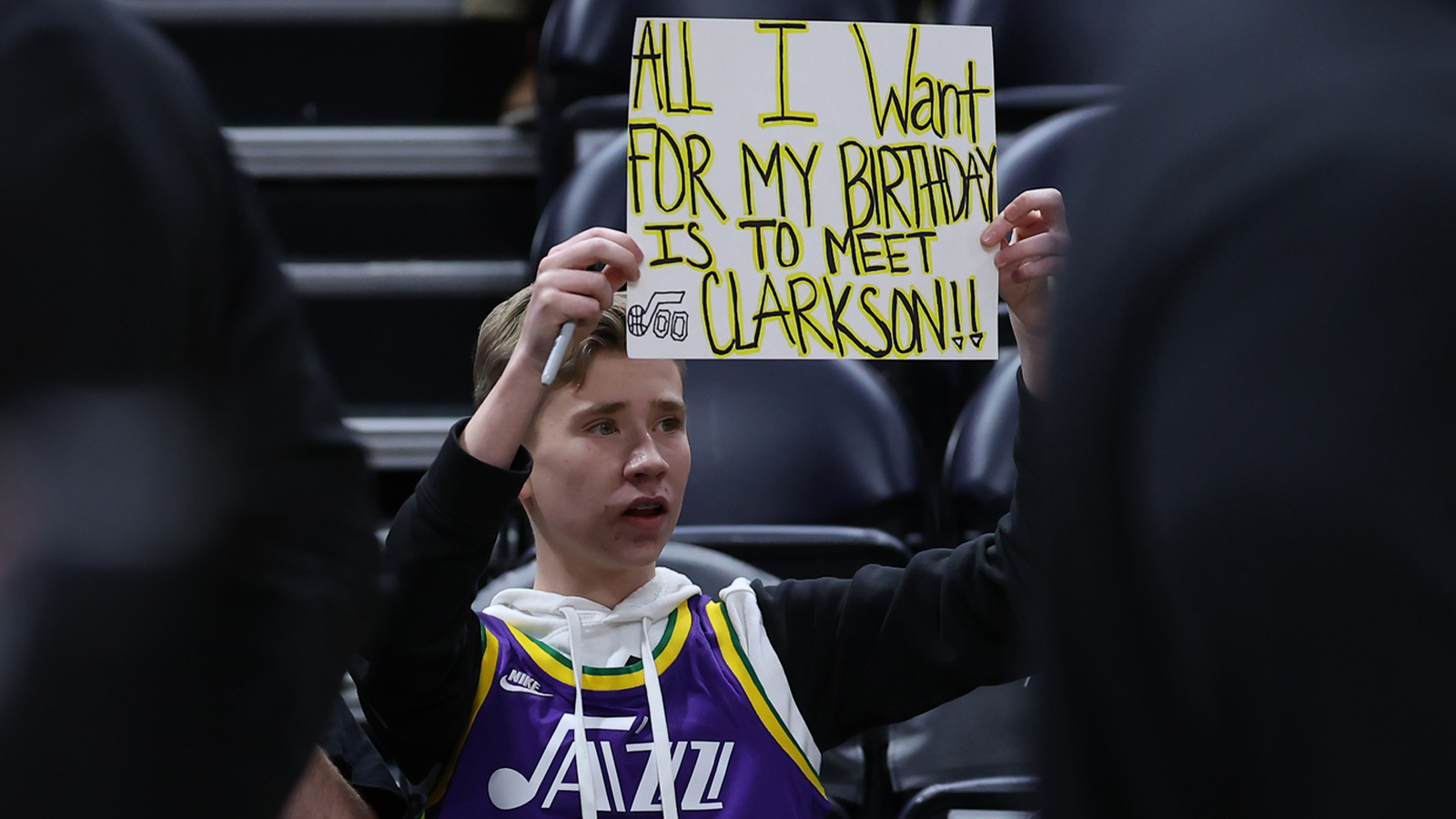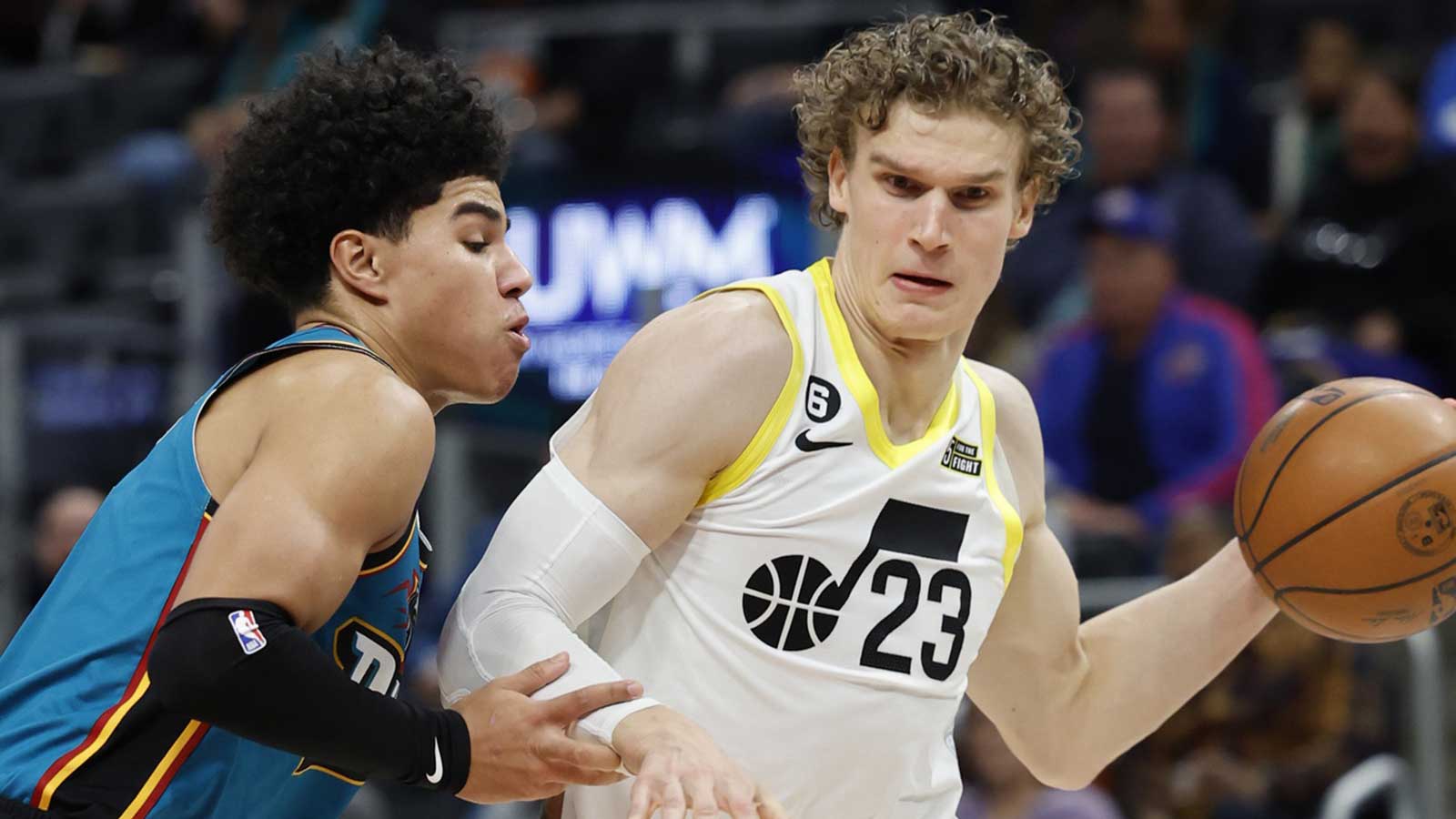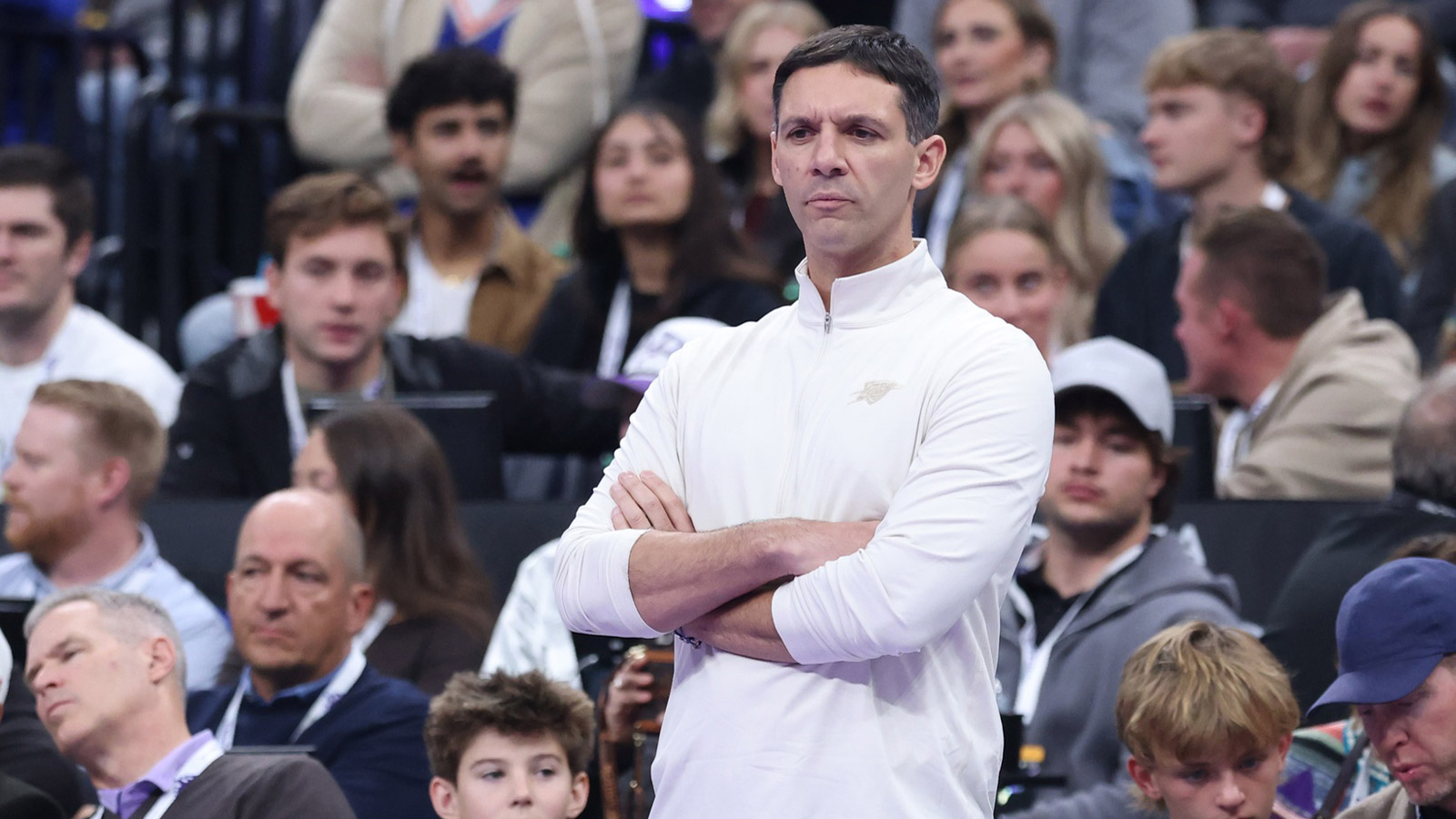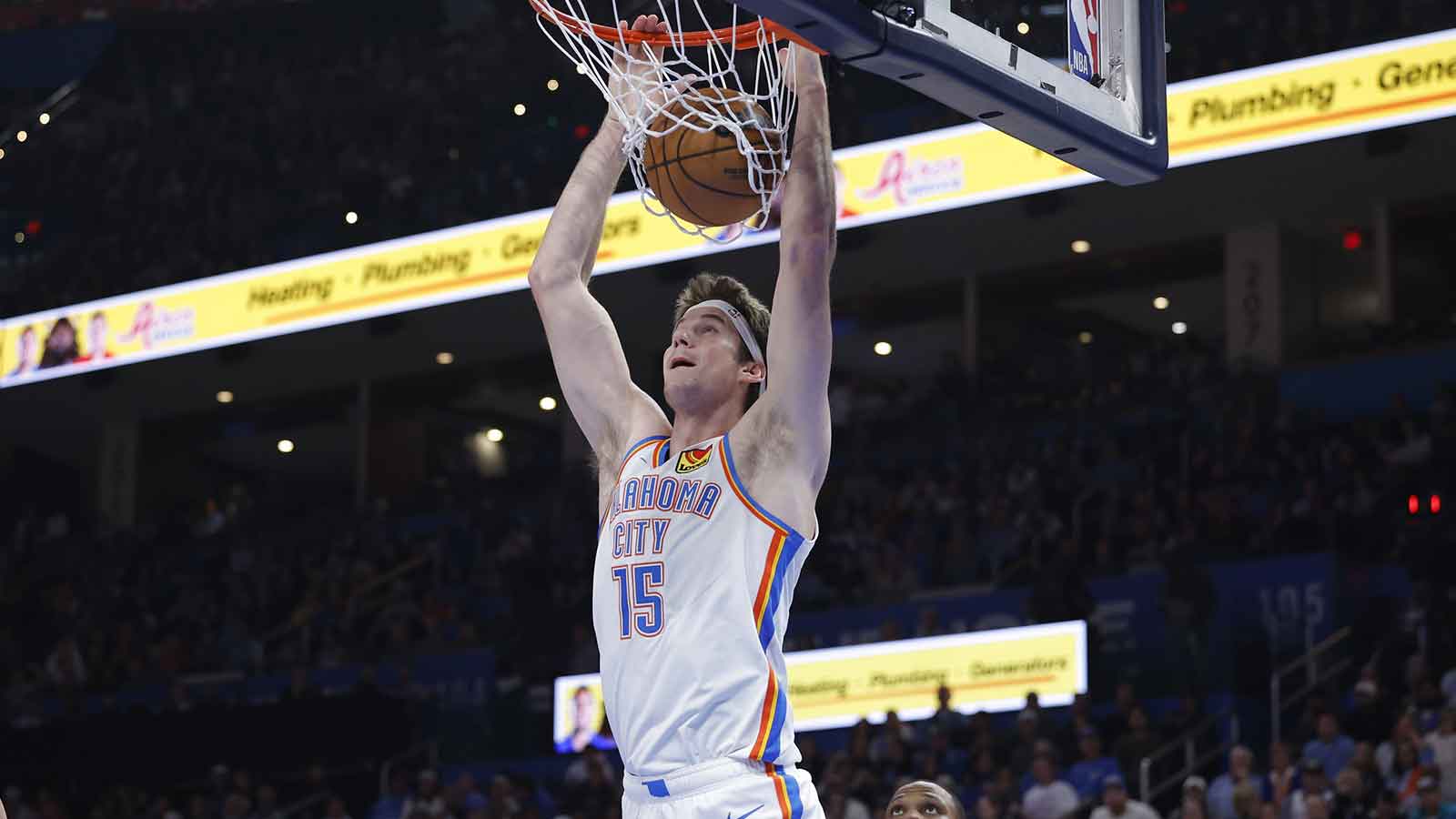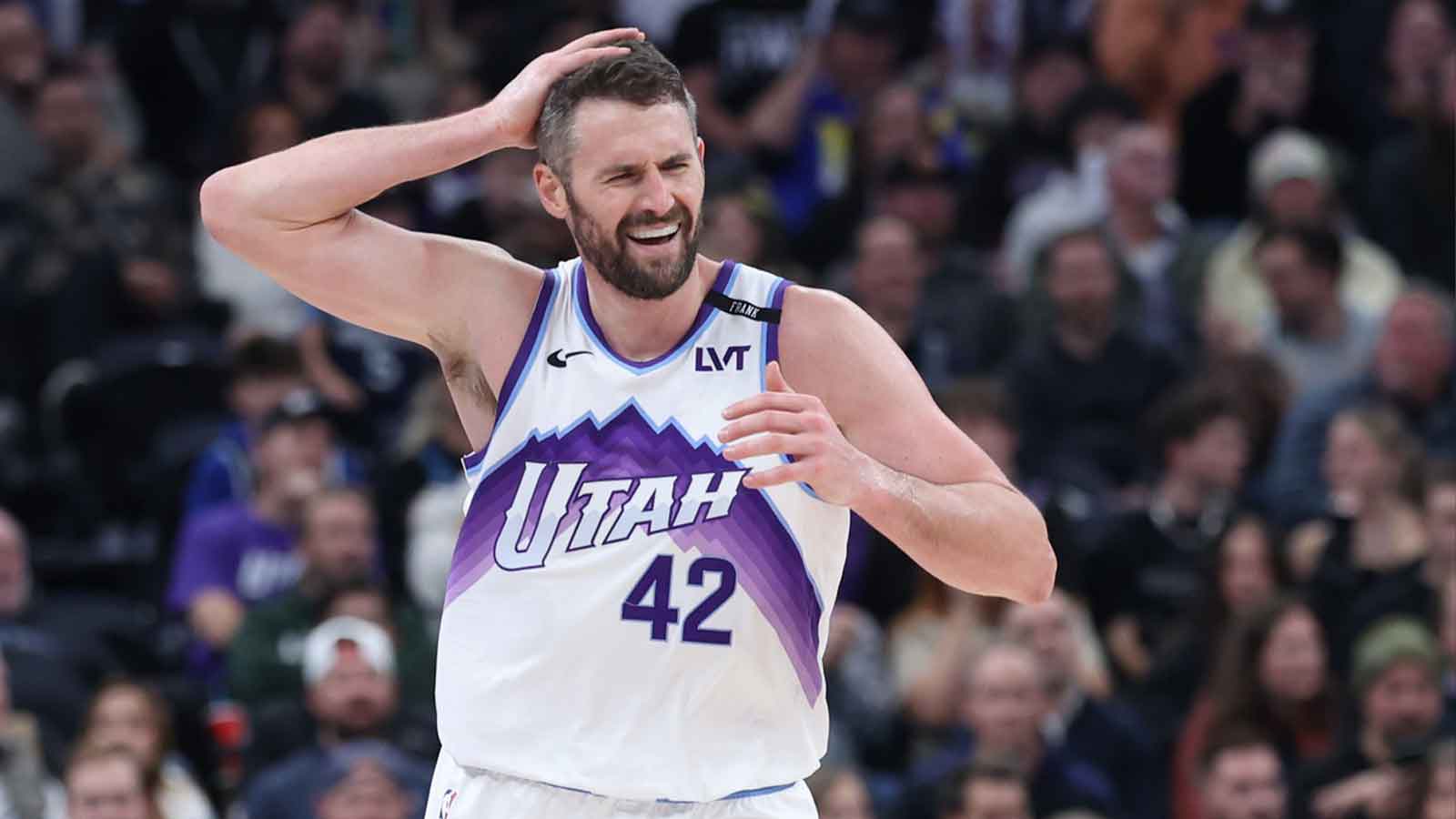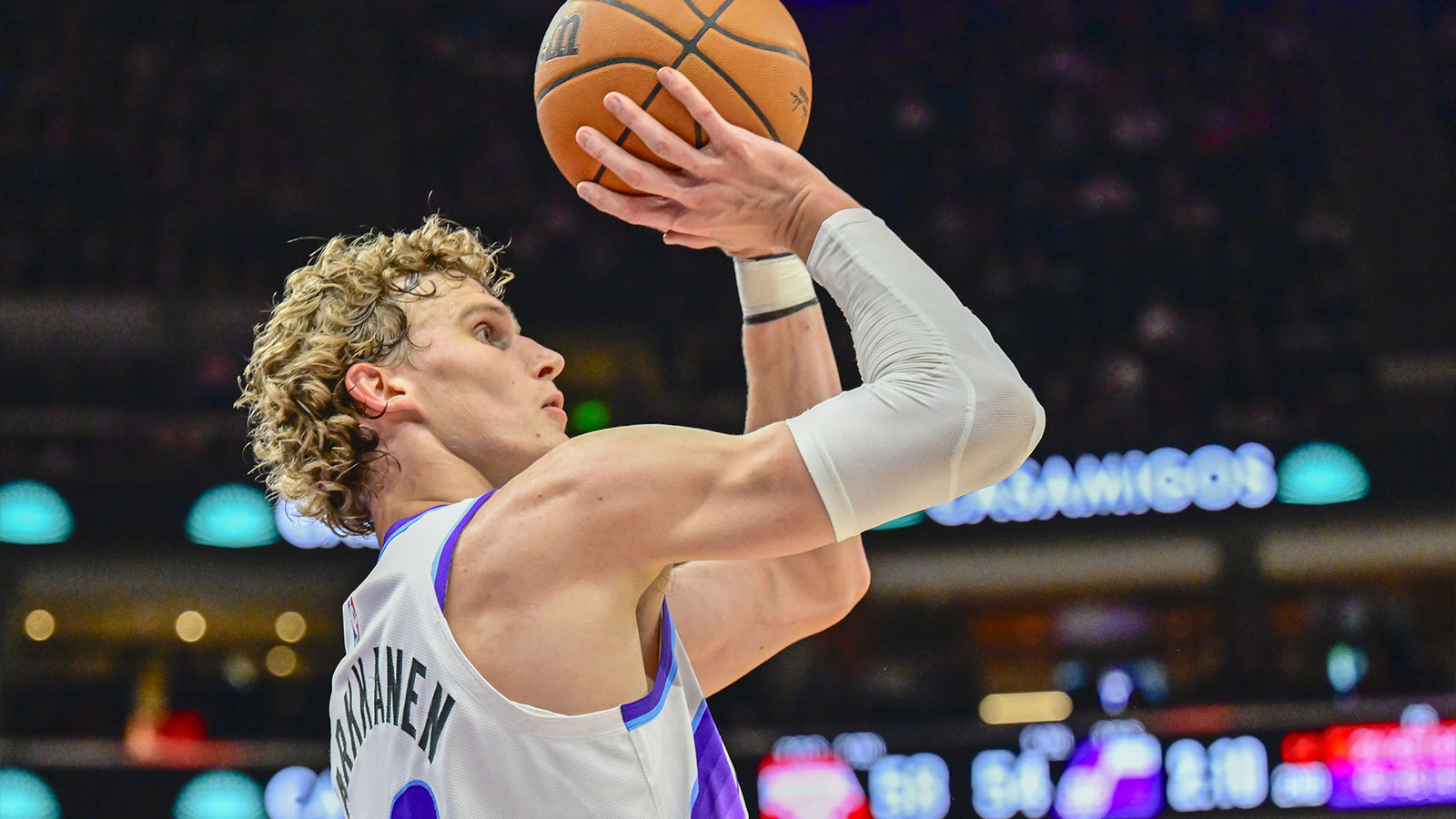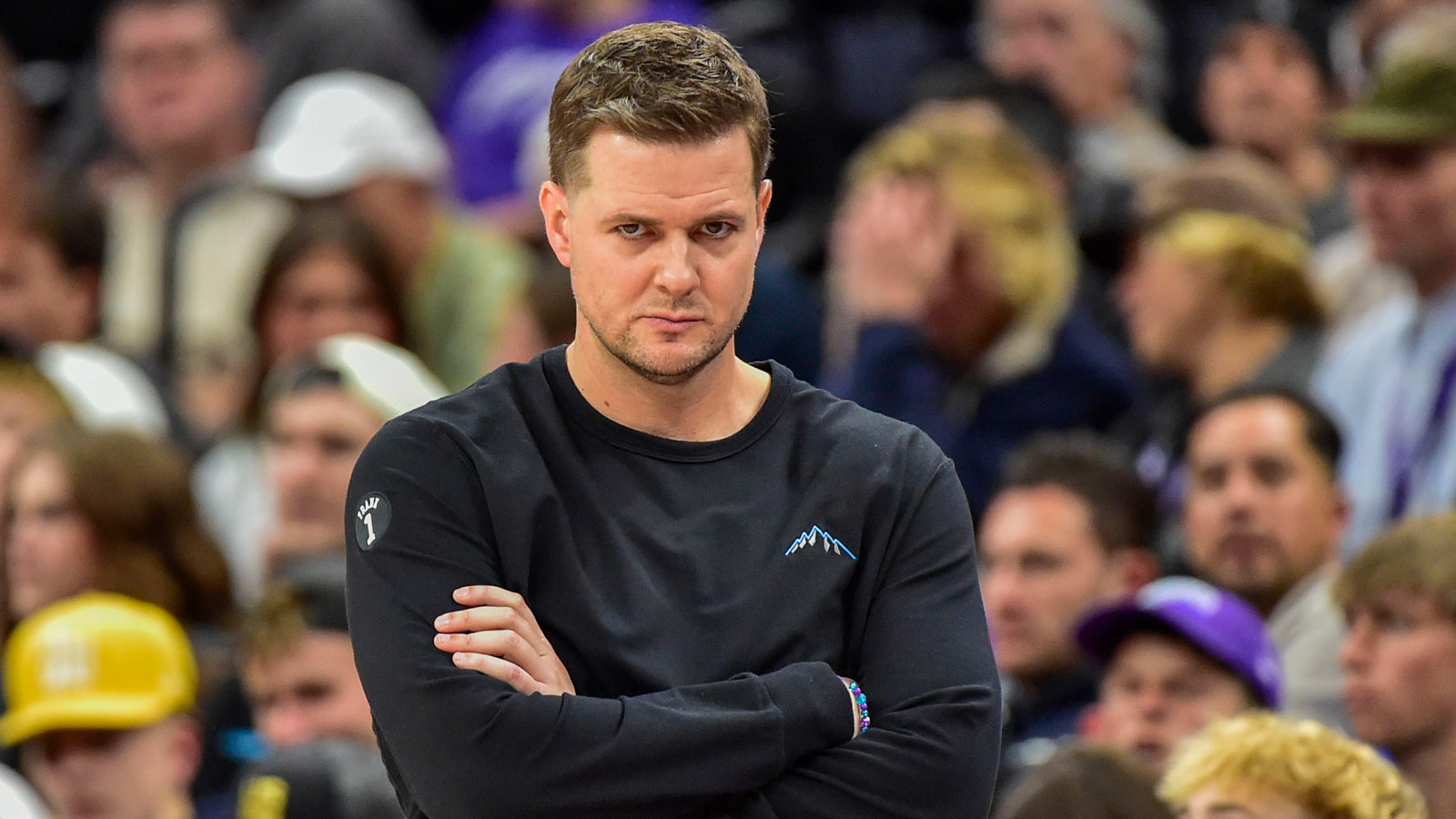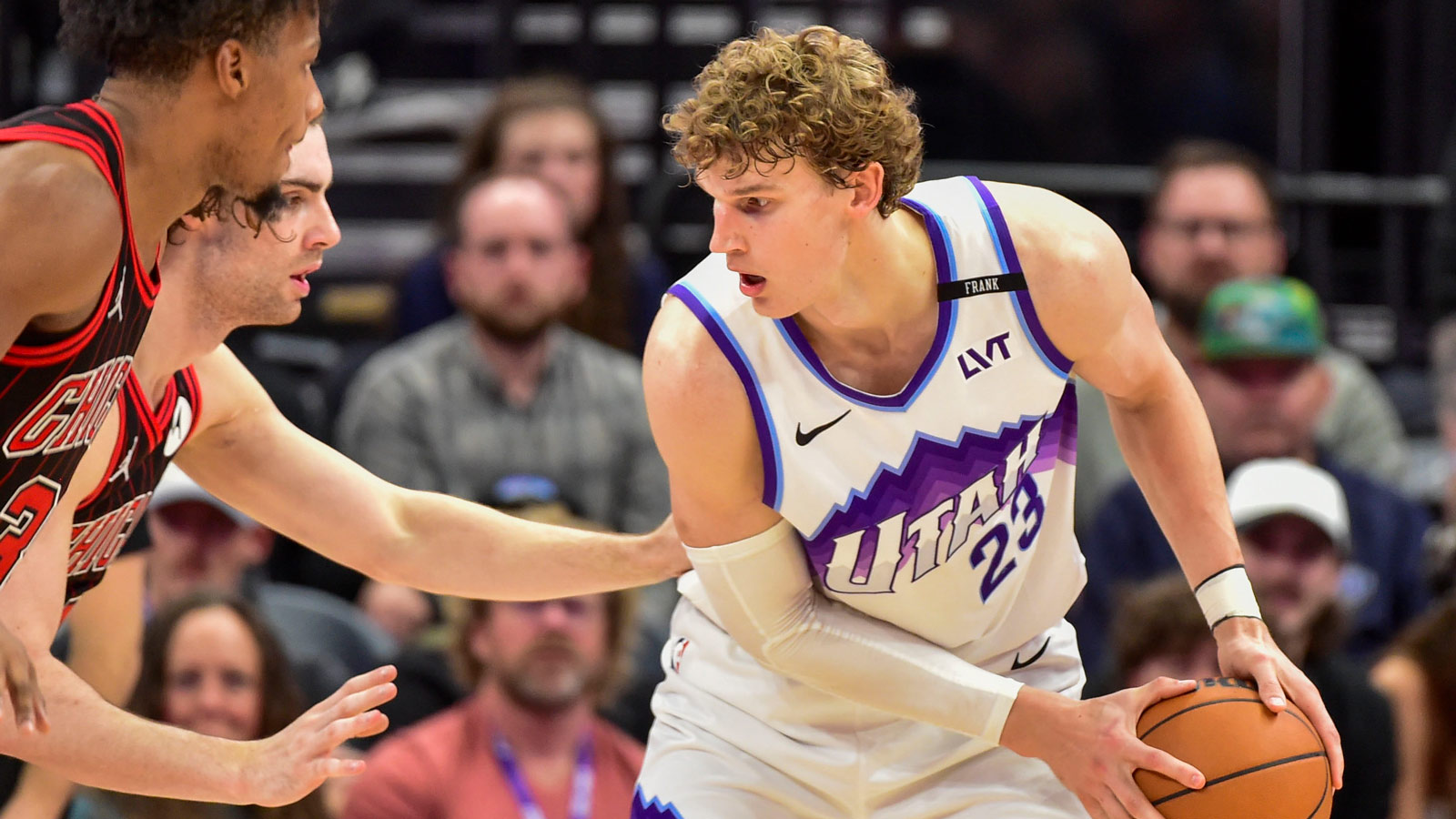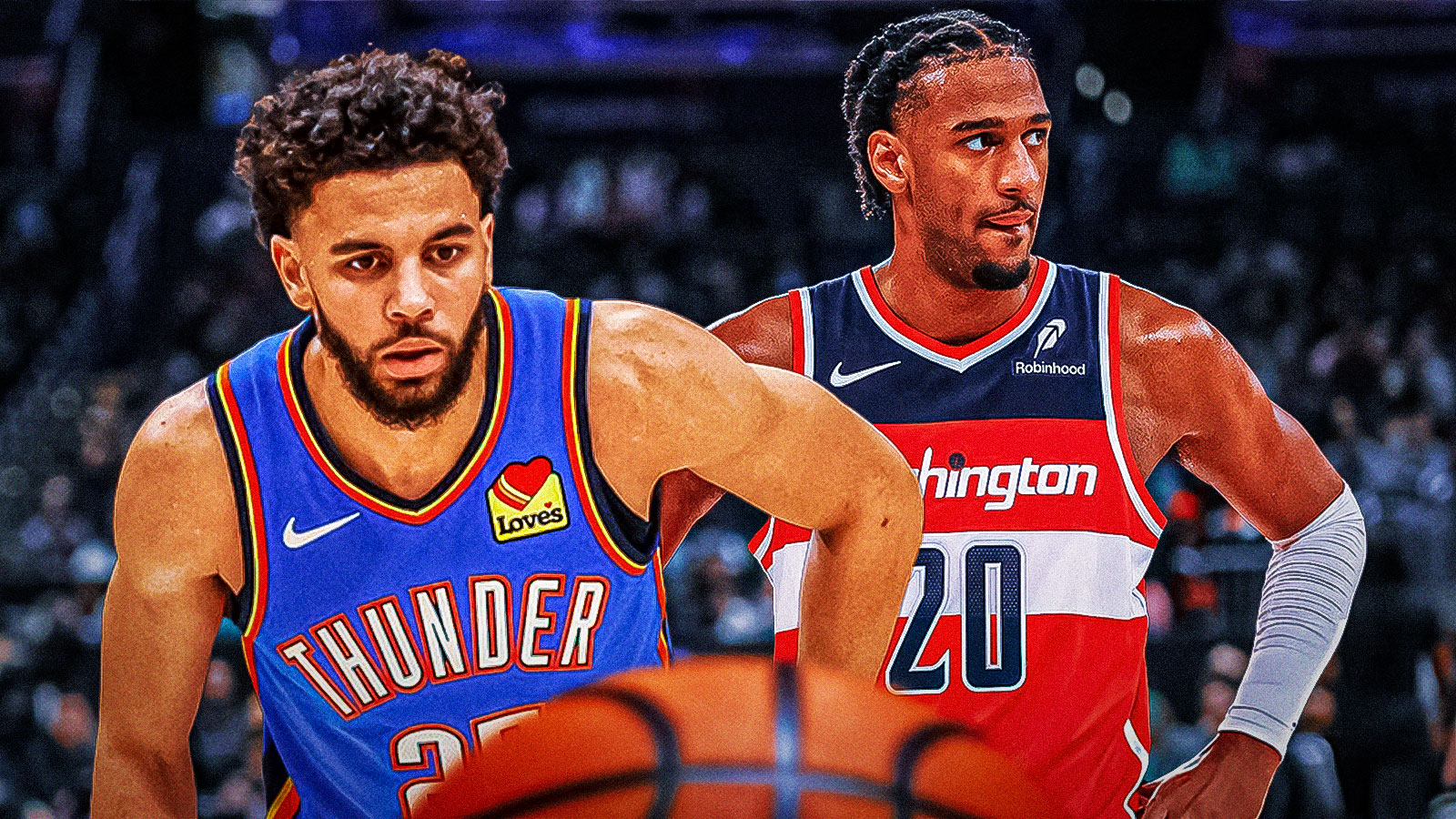The offseason was not very eventful for the Utah Jazz. They did have three first-round picks, which they used to select Central Florida's Taylor Hendricks, Baylor's Keyonte George and Ohio State's Brice Sensabaugh at with nineth, 16th and 28th overall picks, respectively. Outside of these additions through the draft, the Jazz largely opted to stay the course with their collection of young players.
But there was one other curious move Utah made this offseason that could pay dividends. The Jazz acquired John Collins from the Atlanta Hawks for a package that only included Rudy Gay and a second-round pick. Collins was mostly a salary dump by the Hawks, but don't be surprised if he gets his career back on track in Salt Lake City.
Jazz player who will shock world with breakout 2023-24 NBA season: John Collins

It's kind of cheating to say that Collins will deliver a breakout season for the Jazz considering he's already broken out. It was just 2019-20 when Collins put together a 20-10 season for the Hawks while shooting 58.3% from the field, 40.1% from three and 80% from the free throw line, emerging as a fringe All-Star candidate.
But at the 2020 trade deadline, the Hawks were part of a multi-team deal that landed them Clint Capela. Since then, Collins' role on offense deteriorated. During that 2019-20 season, 28% of the possessions that involved Collins saw him used as a roll man in pick and roll. He generated 1.31 points per possession on such plays, which ranked in the 82nd percentile, according to NBA.com/stats.
However, in 2020-21—Capela's first full season in Atlanta as well as Onyeka Okongwu's debut campaign—just 16.7% of Collins' possessions came as a pick-and-roll dive man despite him generating 1.22 points per play. The next season, his usage on those possessions actually bumped up to 18.6% and he generated 1.44 points per possession, a stellar number.
But 2022-23 saw Collins' usage as a roll man dip to a new low. Just 12.5% of Collins' possessions saw him finish on the roll in ball-screen actions. He was still efficient on those rare opportunities, generating 1.23 points per possession, in the 69th percentile league-wide. His usage on such possessions in his breakout 2019-20 season was more than double what it was last season.
Not coincidentally, Collins' points per game averages followed suit with this dip and change in usage. In 2019-20, Collins averaged 20.1 points per game. After that, though, his average dropped to 17.6 points per game, then 16.2 points and another dip down to 13.1 points per game last season.
Collins will still run into the issue of looking to roll with a paint-bound center when he plays next to Walker Kessler, but that won't be the case for the entire 48 minutes of an NBA game the way it was with Collins in Atlanta. Collins will definitely get his share of minutes next to Kelly Olynyk, who is a career 36.8% shooter from deep. He'll also get some run next to Hendricks, who shot 39.4% from three in his lone season at UCF and was also a 78.2% shooter from the free throw line. Hendricks also projects to be a fantastic rim-protector and should help cover for Collins' issues protecting the rim.
John Collins will certainly be impacted by not having Trae Young, one of the five best playmakers in the NBA, available to feed him lobs at the rim. But he wasn't reaping those benefits the last couple of years after being relegated to spot-up duties. While Collins can do that (he's a career 35.6% three-point shooter), long-range shooting isn't his strength. He's a dynamic, high-flying rim roller who can finish with both power and touch above and below the rim.
Collins will get more chances to tap into those skills during his debut season with the Jazz. As a result, it shouldn't surprise anyone if Collins delivers a season more closely resembling 2019-20 than 2022-23.

